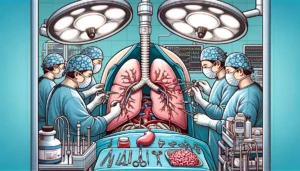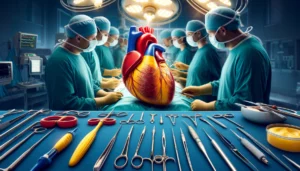
The Incidence, Risk Factors, and Hospital Mortality of Prolonged Mechanical Ventilation Among Cardiac Surgery Patients: A Systematic Review and Meta-Analysis
This systematic review analyzes prolonged mechanical ventilation (PMV) post-cardiac surgery, finding an incidence rate of 20%. PMV, defined as ventilation lasting ≥24 hours, is linked to in-hospital mortality (odds ratio: 14.13). Key risk factors include advanced age, female sex, ejection fraction <50%, and body mass index >28 kg/m². PMV also correlates with conditions like chronic renal failure and prolonged cardiopulmonary bypass time. These insights highlight the need for targeted prevention and management strategies.










